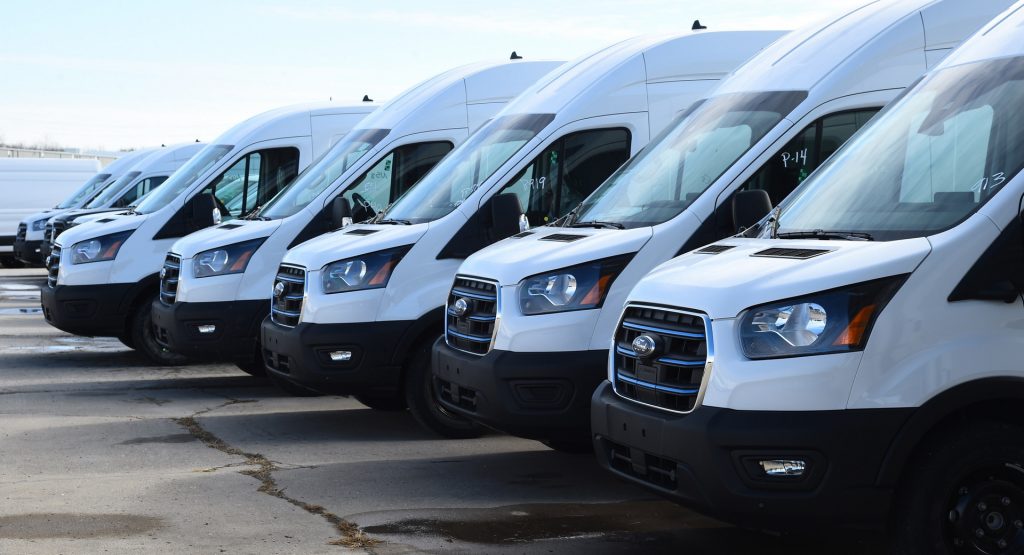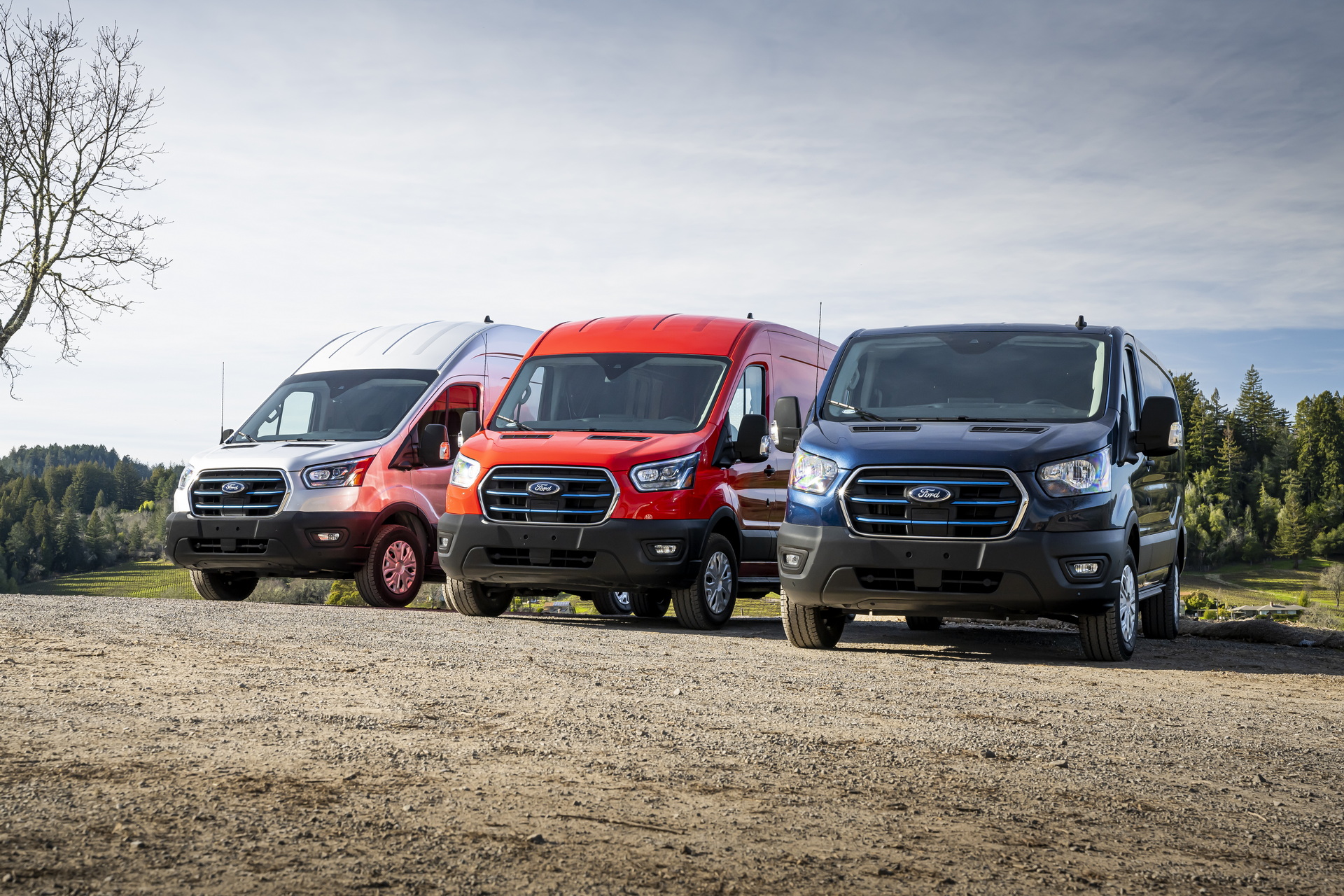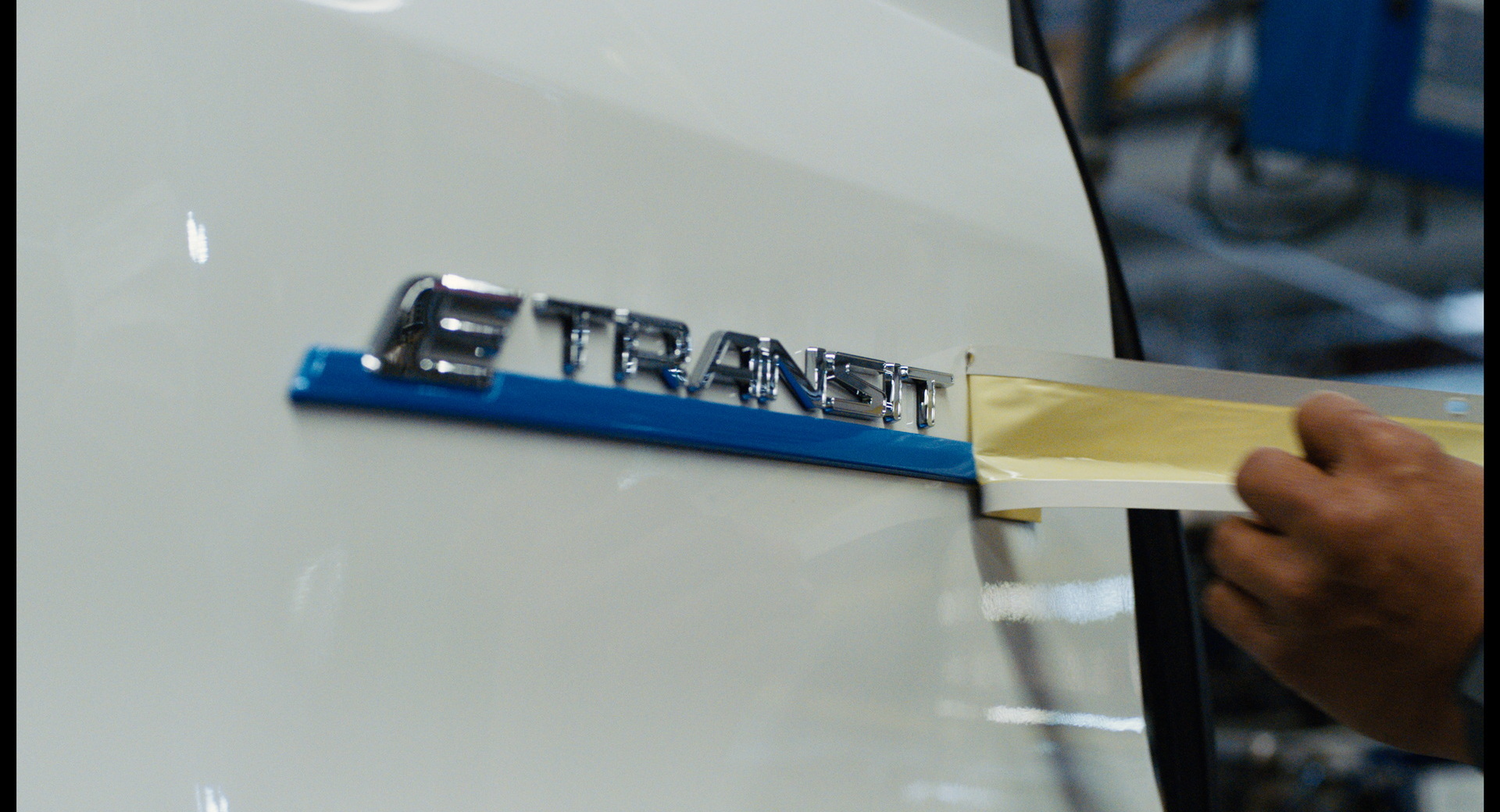Penske announced today that it has placed an order for 750 units of Ford’s all-electric cargo vans, the E-Transit. The company will take delivery of its first vans in the coming weeks.
The move follows a successful pilot test of electric vehicles for Penske’s rental and leasing fleets that was announced in November 2021. Penske tested the vehicle in its hometown of Reading, Pennsylvania, but the electric Fords will first be available to customers in Southern California. Other locations around the U.S. will be phased in throughout this year.
“We’re excited to help bring these new vehicles to market as both a rental and full-service lease option for our customers,” said Art Vallely, president of Penske Truck Leasing. “We continue to expand and diversify our fleet of electric vehicles and to offer new options for customers seeking more sustainable choices when it comes to transportation.”
Read Also: BrightDrop Secures 5,000 Reservations From Walmart, FedEx Eyeing 20,000 Units
The vehicles will be available to rent and for longer-term leases. In the long-term, Penske expects to make even more electric vehicles available to customers through its locations in the U.S.
“Our customers are telling us that they have ambitious corporate sustainability goals to reduce their fleet’s carbon emissions through the integration of all-electric vehicles,” said Ford Pro CEO Ted Cannis in November. “E-Transit and supporting Ford Pro ecosystem, especially end-to-end charging, play a critical role in achieving those goals and maintaining their business operations without disruption.”
Penske calls the Ford E-Transit the first all-electric cargo van from a full-line automaker in North America and it has an estimated range of 126 miles (203 km), though BrightDrop, which is owned by GM, also sells an electric delivery vehicle. The company said it chose the van because of its long-time partnership with Ford.
“Penske and Ford have a longstanding and valued relationship,” said Vallely in November. “We expect to see strong utilization and interest from customers making final-mile deliveries, regional deliveries, and eventually consumer use for smaller household moves.”






